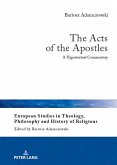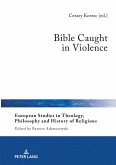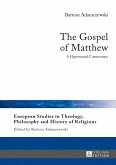How it is possible that the story about Elisha's succession in 2 Kings 2:1-18 is now remembered as the story about Elijah's ascent? The intertextual answer is provided by the contrast between the number of references about the human heavenly ascension in the Hebrew Bible, and the popularity of this theme in the Ancient Near East. However, in this dissertation we focus on the more direct intratextual approach. We analyze the construction of the narrative in order to discern the features of style, structure, and symbolism which emphasize Elijah's ascent, rather than Elisha's succession. As a result, we can identify the proto-symbol of the narrative (Gilgal) which is interpreted by three elements (whirlwind, chariotry, and rolled mantle) referring to Elijah's ascent.
Bitte wählen Sie Ihr Anliegen aus.
Rechnungen
Retourenschein anfordern
Bestellstatus
Storno









